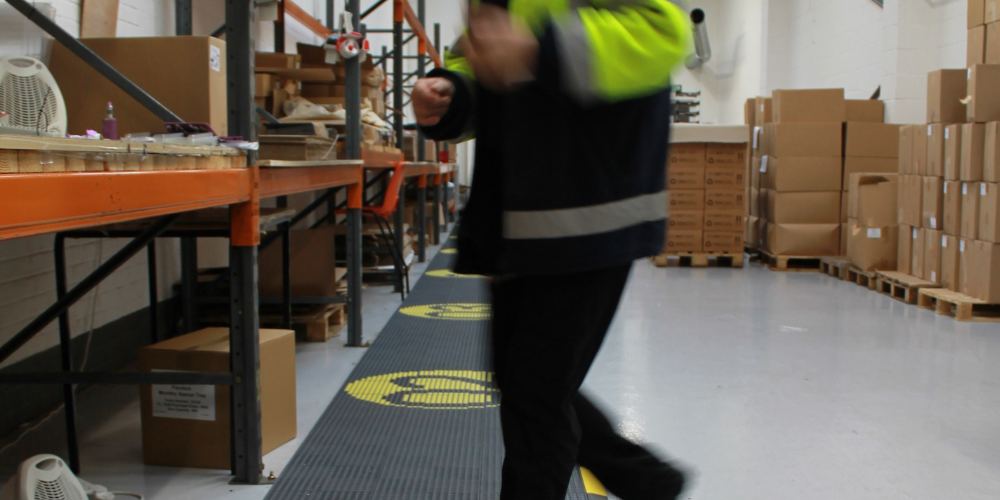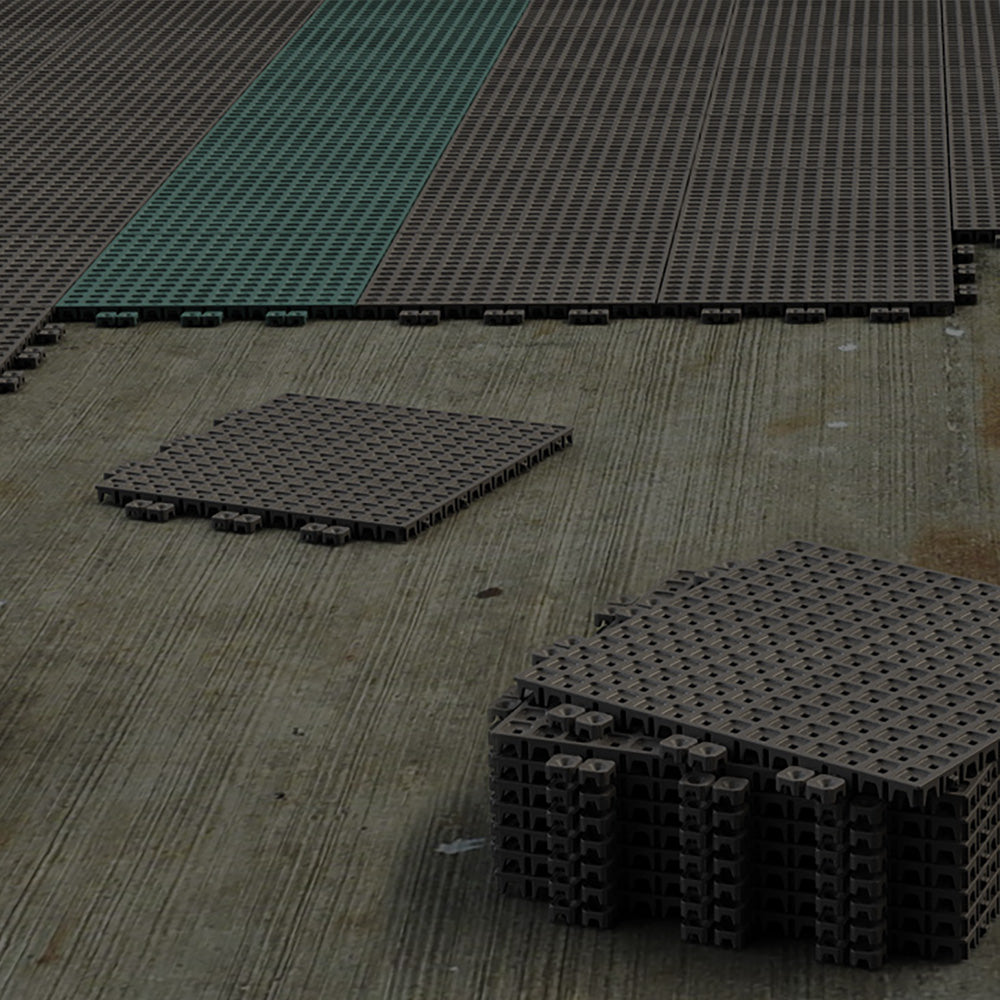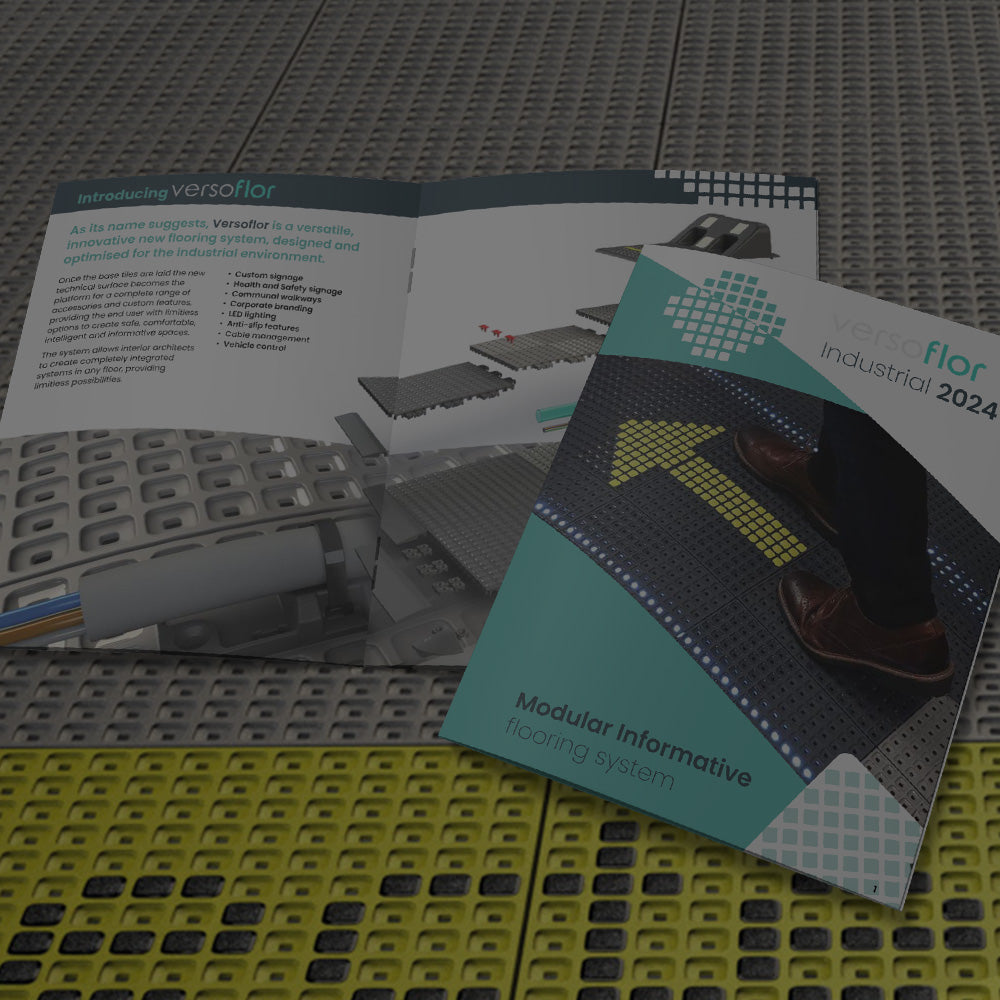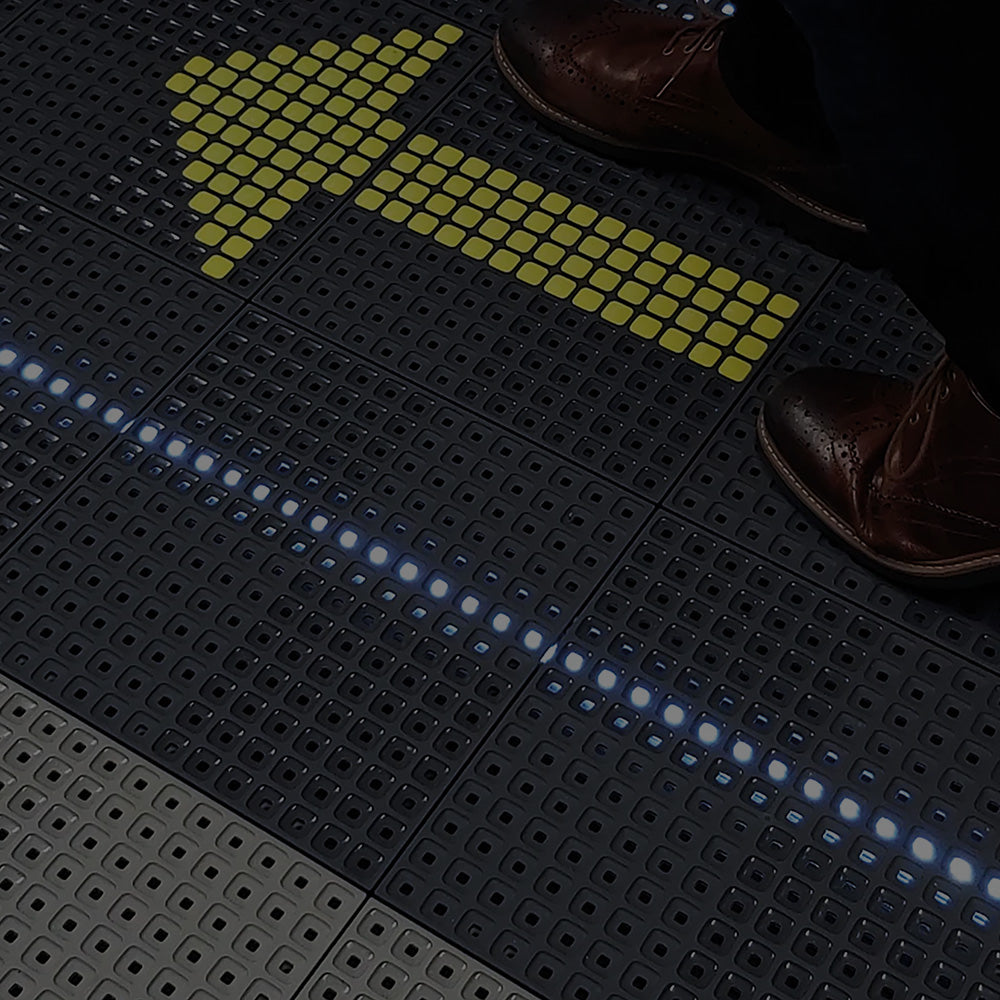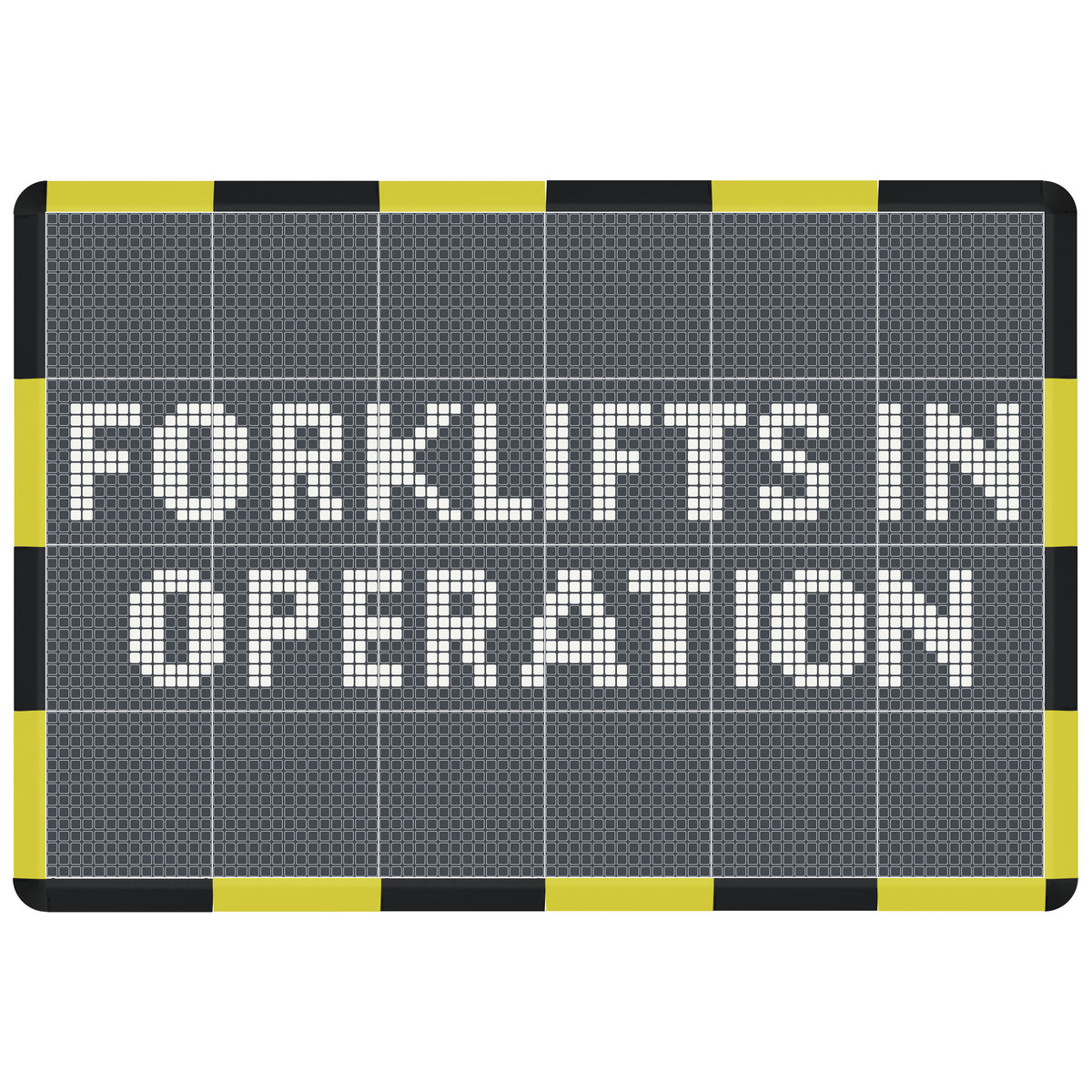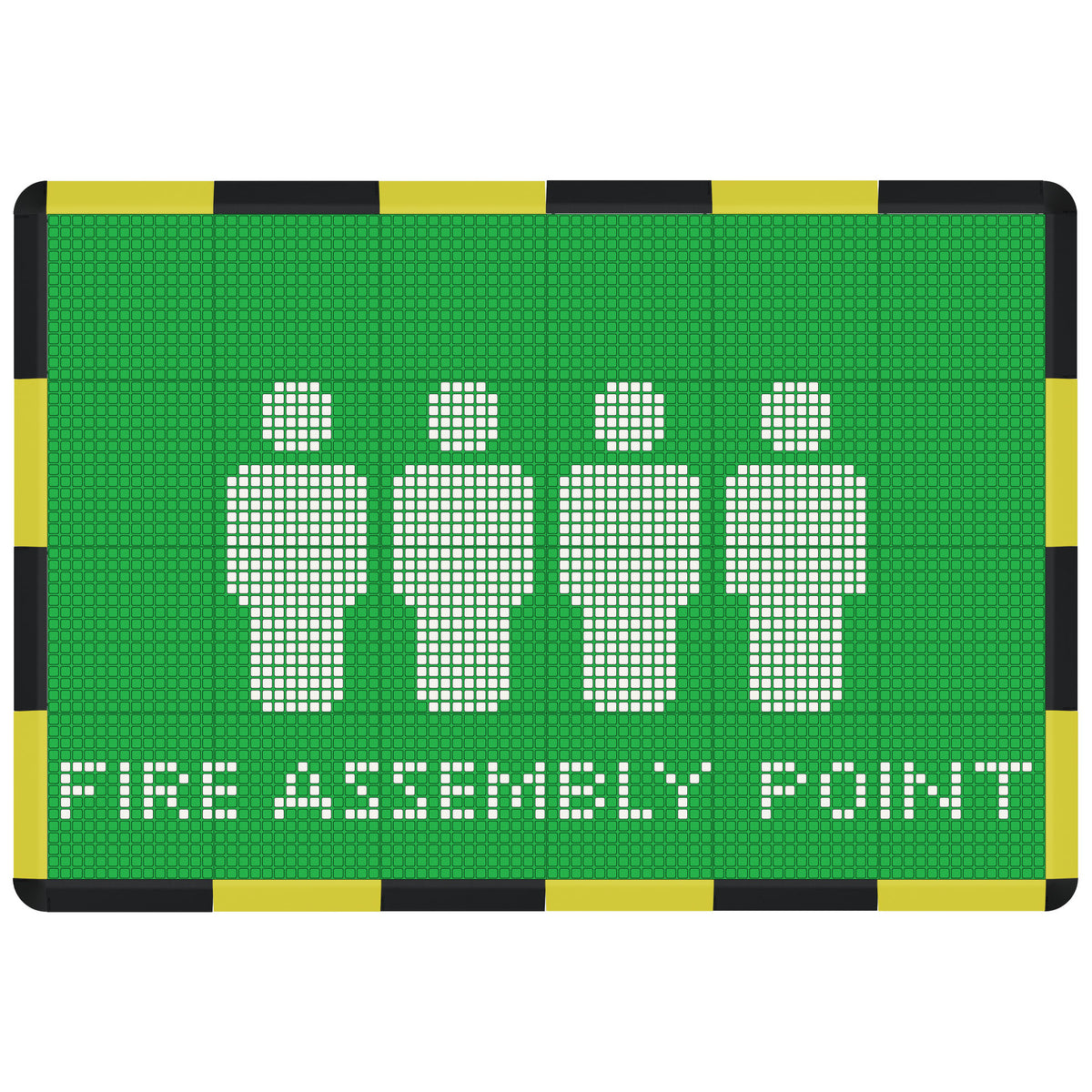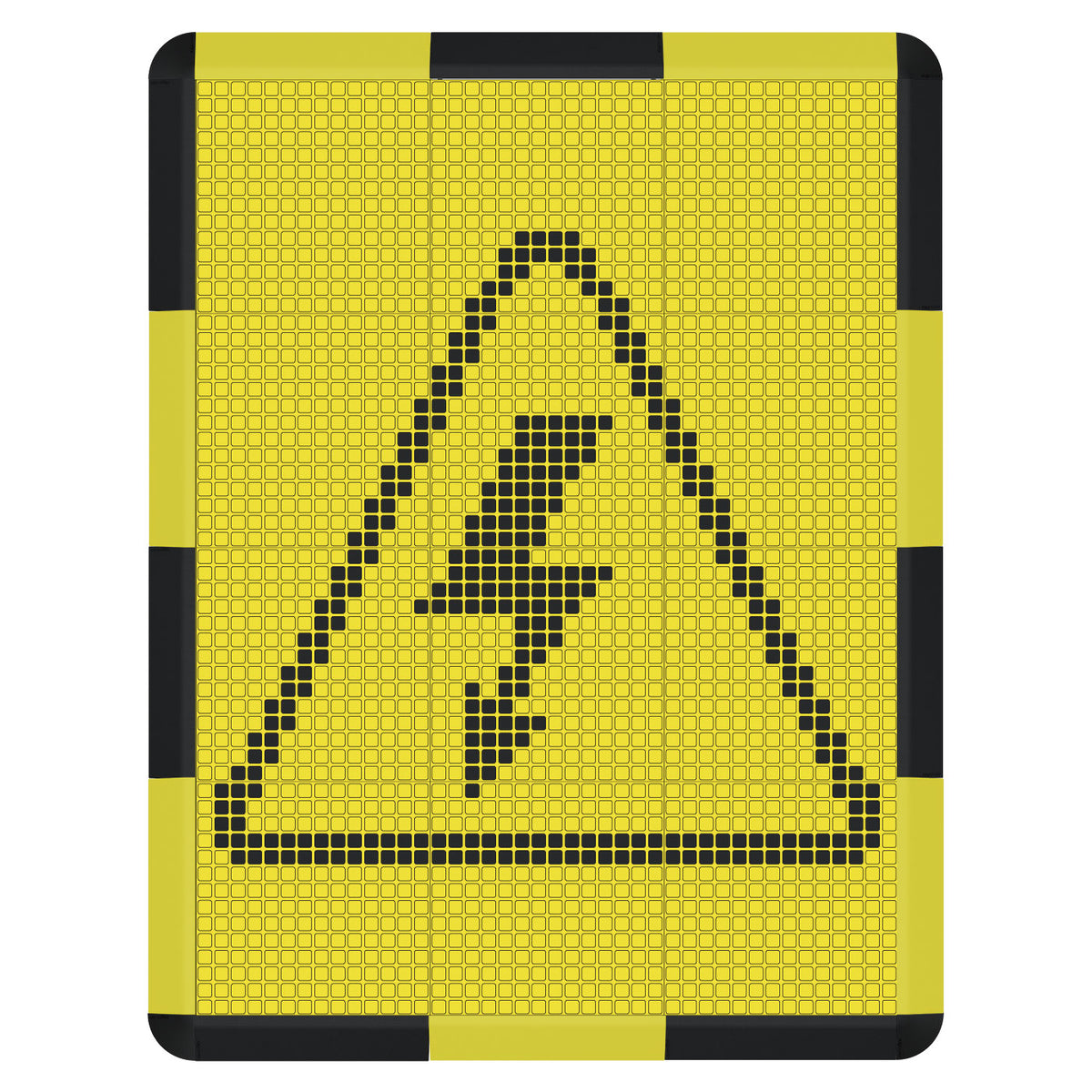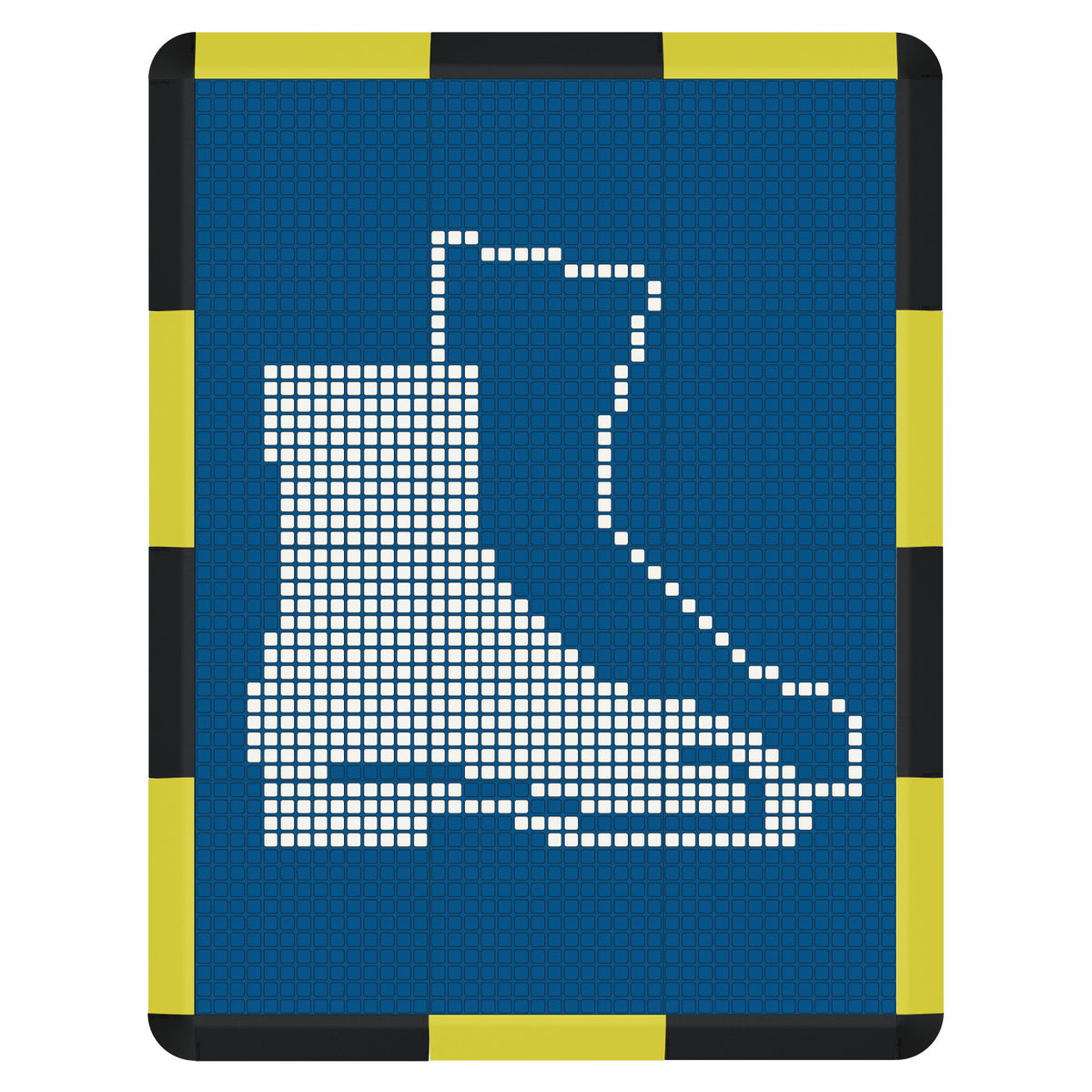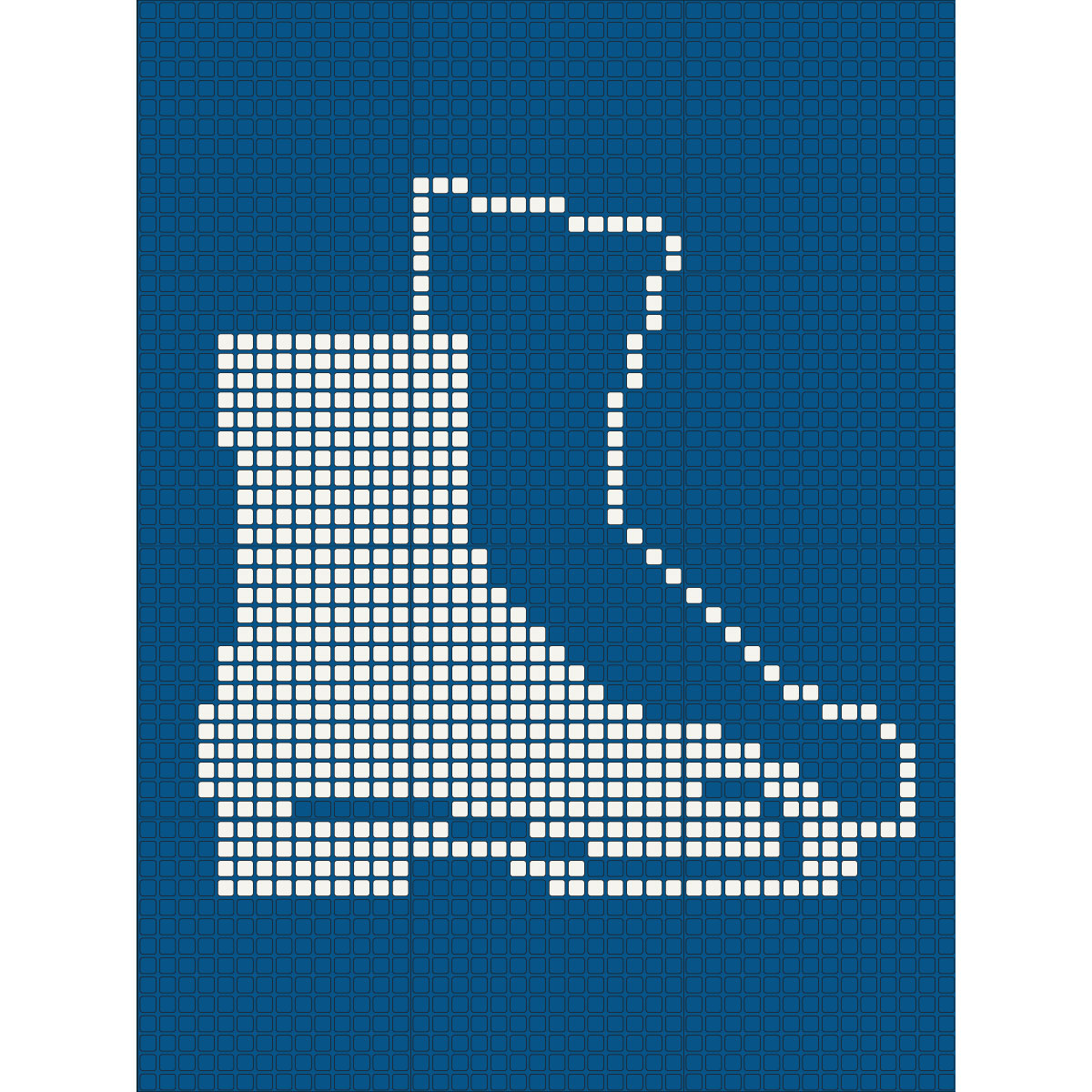In today's fast-paced warehouse environments, efficient management of high-traffic areas is crucial for safety, productivity, and operational success. This guide explores best practices for optimising these critical zones, focusing on innovative solutions that address common challenges.
Understanding High-Traffic Warehouse Needs
High-traffic warehouse areas face unique challenges:
- Constant wear and tear from frequent movement
- Safety concerns for workers and equipment operators
- Need for clear visual communication
- Efficiency requirements to maintain productivity
Addressing these challenges requires a multifaceted approach that goes beyond just flooring considerations.
Key Strategies for Optimising High-Traffic Areas
1. Efficient Layout Design
Analyse your warehouse's current throughput and redesign the layout to minimise unnecessary movement. Consider implementing a U-flow, I-flow, or L-flow design based on your specific needs.
2. Clear Zoning and Demarcation
Implement a consistent colour-coding system for different areas:
| Colour | Usage |
|---|---|
| Blue | Mandatory safety signs |
| Red | Fire safety signs |
| Red | Prohibition safety signs |
| Green | Emergency escape/first aid safety sign |
| Yellow | Warning safety signs |
*Information taken from: https://www.hse-network.com/what-colours-do-health-and-safety-signs-have-to-be/
Use durable floor markings or modular tiles that allow for easy reconfiguration as needs change.

3. Advanced Storage Solutions
Utilise vertical space with appropriate racking systems to maximise storage capacity without impeding traffic flow. Consider implementing automated storage and retrieval systems (AS/RS) for frequently accessed items.
4. Traffic Management Systems
Implement one-way traffic flows where possible to reduce congestion and potential collisions. Use clear signage and floor markings to guide movement.

5. Ergonomic Workstations
Design workstations that minimise unnecessary movement and strain. Consider height-adjustable surfaces and anti-fatigue mats for areas where workers stand for extended periods.

6. Technology Integration
Leverage warehouse management systems (WMS) to optimise picking routes and inventory placement. Implement real-time tracking to monitor and adjust traffic patterns as needed.
7. Employee Training and Engagement
Regularly train employees on best practices for navigating high-traffic areas safely and efficiently. Encourage feedback from workers to continuously improve the system.

8. Maintenance and Cleaning Protocols
Establish regular maintenance schedules for high-traffic areas to ensure surfaces remain safe and functional. Implement efficient cleaning protocols that don't disrupt operations.
Innovative Solutions for High-Traffic Areas
Consider implementing:
- Modular flooring systems that allow for easy replacement of worn sections
- Smart lighting systems that adjust based on traffic patterns and time of day
- IoT sensors to monitor traffic flow and identify bottlenecks in real-time
- Mobile workstations that can be easily moved to optimise workflow
Best Practices for Implementation
- Plan Thoroughly: Map out your warehouse layout before making changes, considering current and future needs.
- Engage Employees: Seek input from workers who use the space daily for valuable insights.
- Phased Implementation: Consider implementing changes in phases to minimise disruption to operations.
- Regular Assessment: Continuously evaluate the effectiveness of your high-traffic area management and be open to making adjustments.
Effective management of high-traffic warehouse areas requires a holistic approach that considers layout, safety, efficiency, and employee well-being. By implementing these strategies and remaining open to innovative solutions, warehouses can significantly optimise their operations, leading to increased productivity and a safer work environment.
Remember, optimising high-traffic areas is an ongoing process. Regular assessment and adaptation are key to maintaining an efficient and safe warehouse operation in the face of changing business needs and technological advancements.


